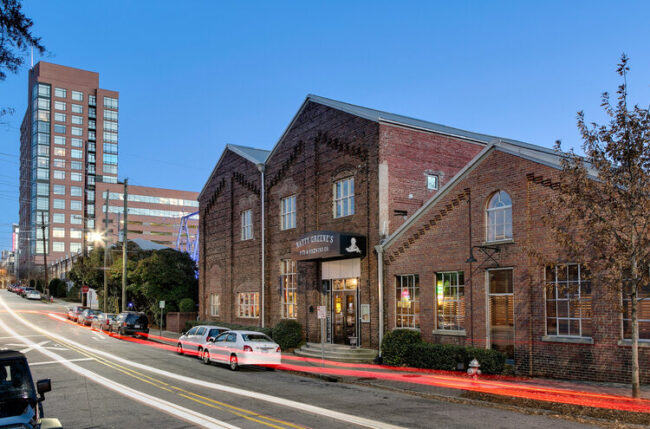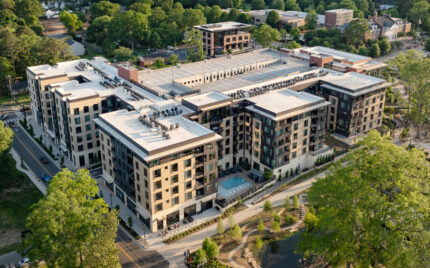Reviving History: Remarkable Transformation through Adaptive Reuse

Celebrating May’s National Historic Preservation Month
There is a long history of architects and designers breathing new life into vacant, neglected and underutilized buildings. Adaptive reuse, the art of connecting the past with the future, is a practice that is rewarding for designers, clients, neighborhoods and communities alike. It is a method that provides a new thriving project while still retaining much of the architectural character, history and memories of the existing structure.
The practice of adaptive reuse has gained momentum across the country in recent years, especially in de-industrialized urban neighborhoods where relic buildings from bygone economies now occupy prime geographies. Our clients and communities haven’t been immune from this trend. Together with Cline, they are imagining the new possibilities including the conversion of old warehouses to new mixed-use campuses; former factories to high-tech hubs; and outdated retail and office buildings to urban housing projects in a live, work, play environment.
Cline is proud to serve as a trusted and experienced partner to clients seeking to capitalize on these opportunities, helping feed the unprecedented growth in the region. By thoughtfully evaluating the sites, the structures and the challenges a potential adaptive reuse project presents, Cline crafts unique connections to place, bridging the past with the future.
Chabourn Mill: Charlotte’s Longest Operating Hoisery Mill
The Mill District in Charlotte is home to seven historic mills including Chadbourn Mill, a former hosiery manufacturing warehouse dating back to the 1930’s. The mill has a deep history of perseverance. Its original structures still stand today and have been transformed into a community hub with office, retail, and restaurant uses. The adaptive re-use of the two buildings includes 40,000 square feet of office space in the main hub, and an additional 4,000 square feet of restaurant space in what was previously known as the boiler room. The historic preservation of the original smokestack can be seen in the foreground.
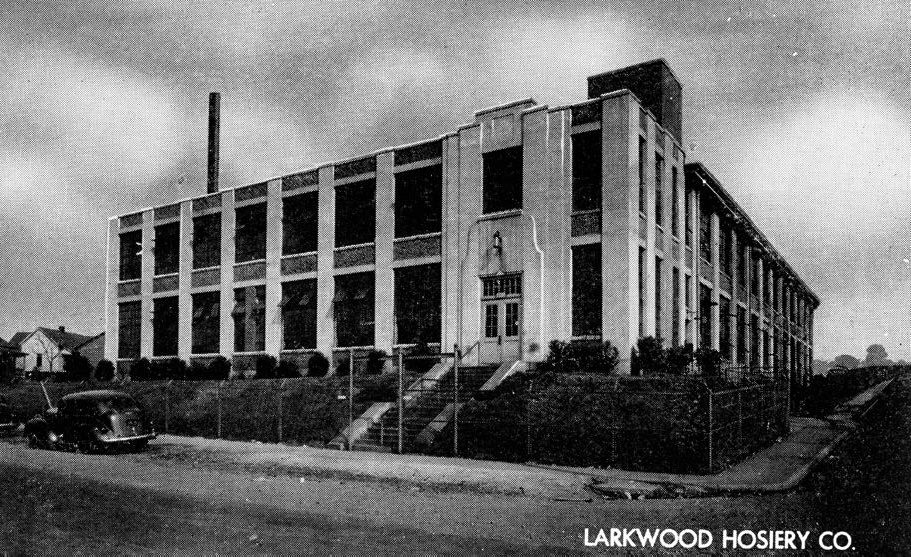

Powerhouse Square: Reimagining a Historic District
Cline was challenged with the renovation of a collection of masonry buildings that occupied Raleigh’s West Jones Street for almost a century, two of them being the Carolina Power and Light Company (CP&L) car barn and automobile garage and the Raleigh Electric Company Powerhouse (circa 1925 and 1910 respectively).
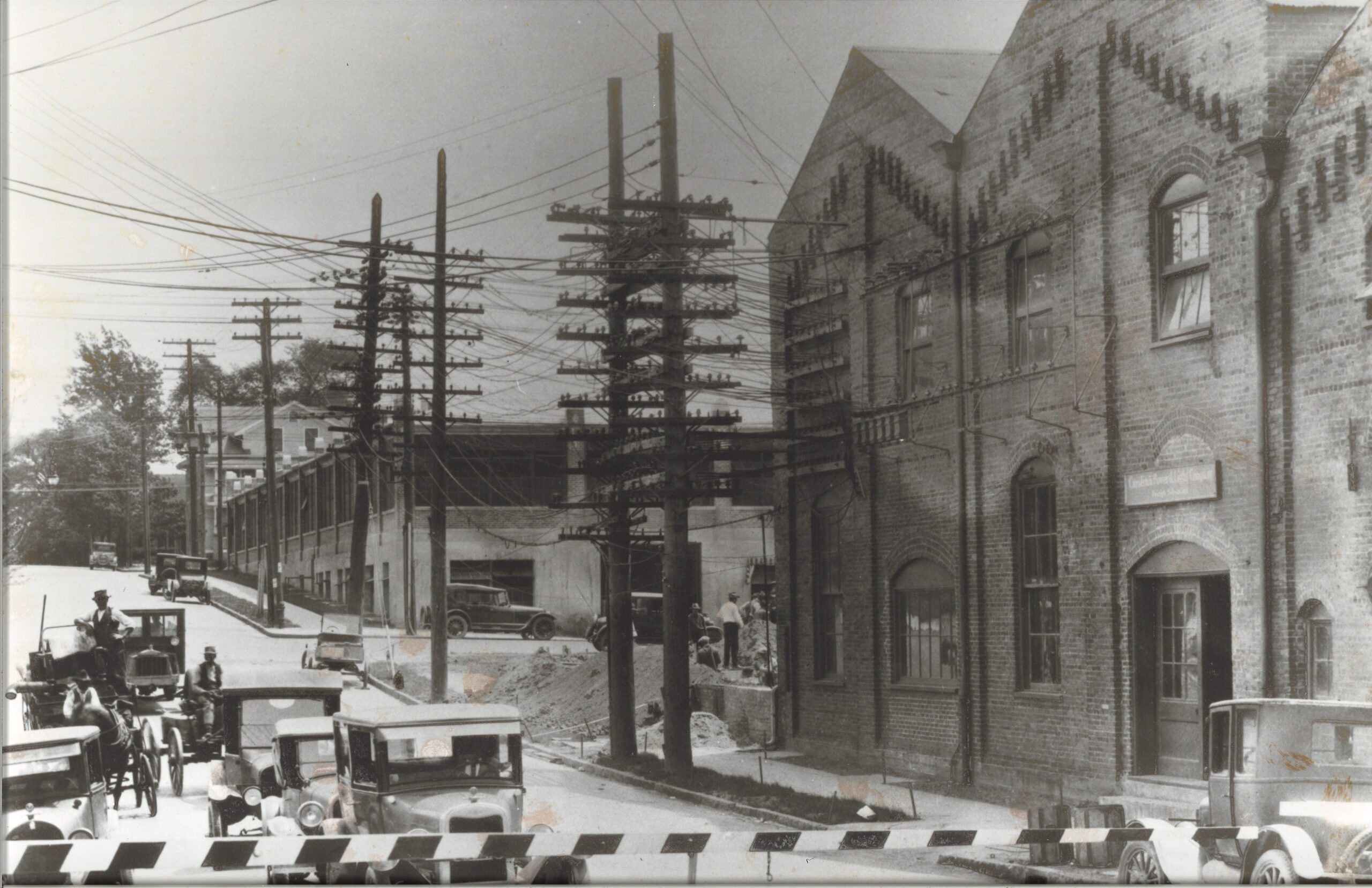
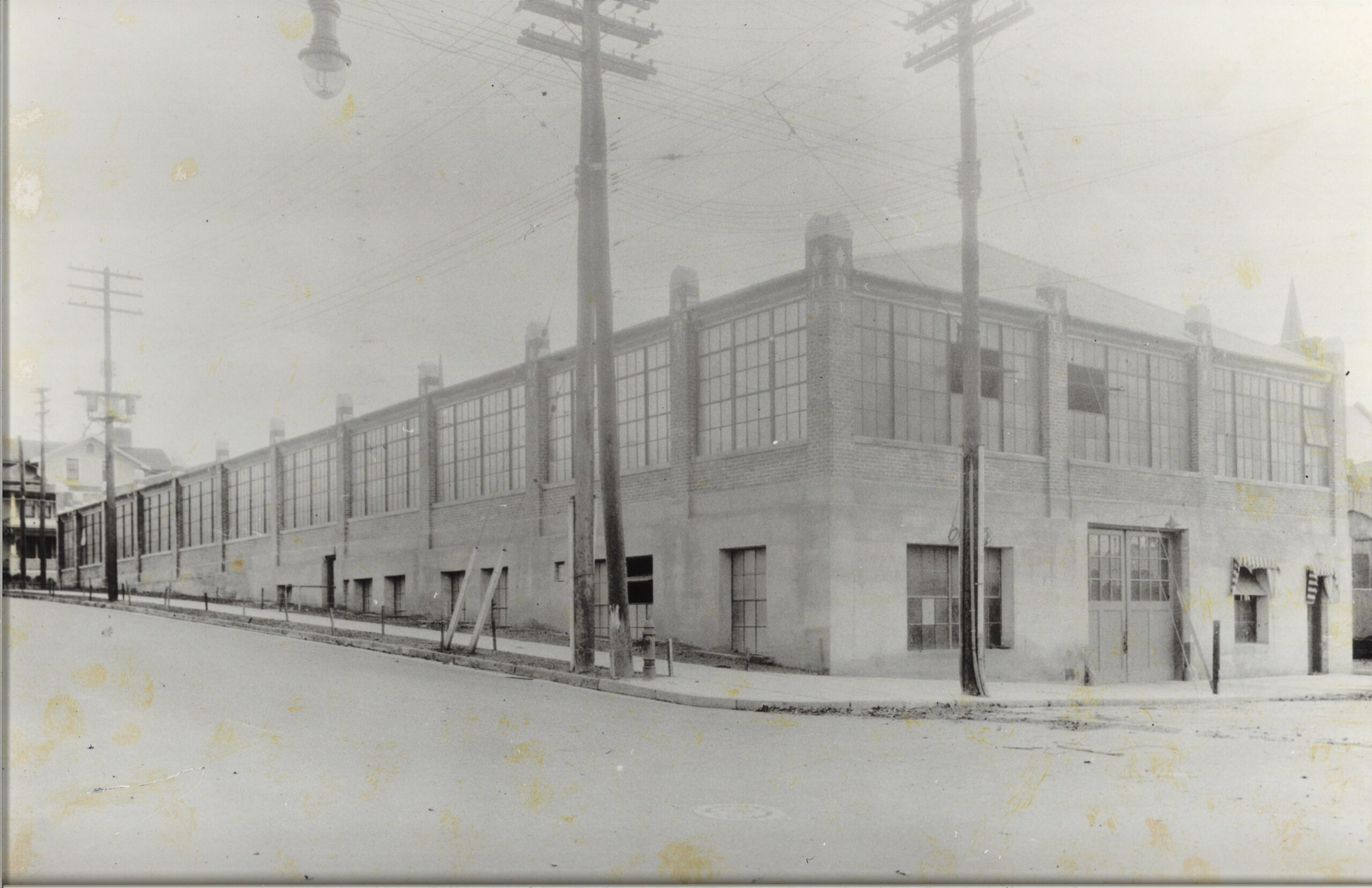
Preserving Raleigh’s roots
The former CP&L facility was transformed into a mixed-use development and is currently home to Cline’s Raleigh office as well as Clouds Brewing. The Raleigh Electric Company Powerhouse is now the flagship brewery location for Tobacco Road Sports Café. Each building is on the National Historic Registry, which meant the design team had to adhere to strict guidelines from the State Historic Preservation Office and the National Park Service while they carefully preserved the buildings’ rich histories during their transformation.
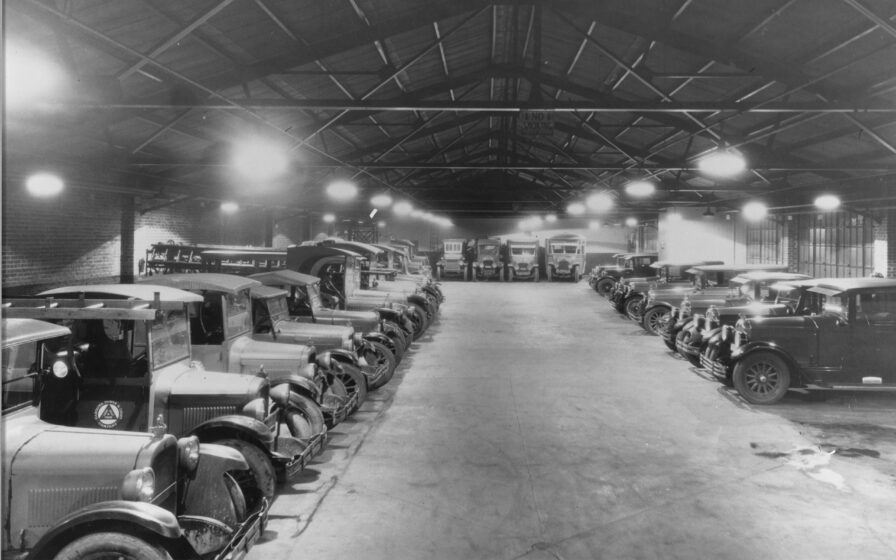
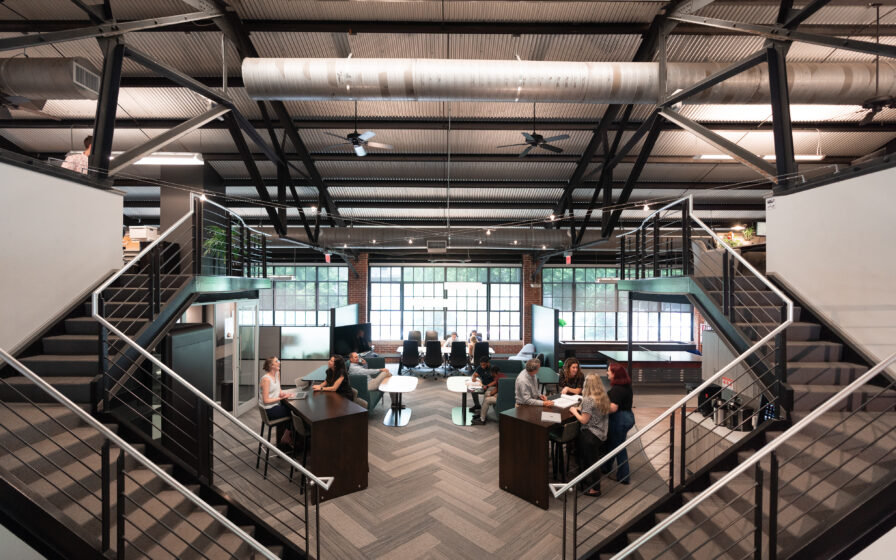
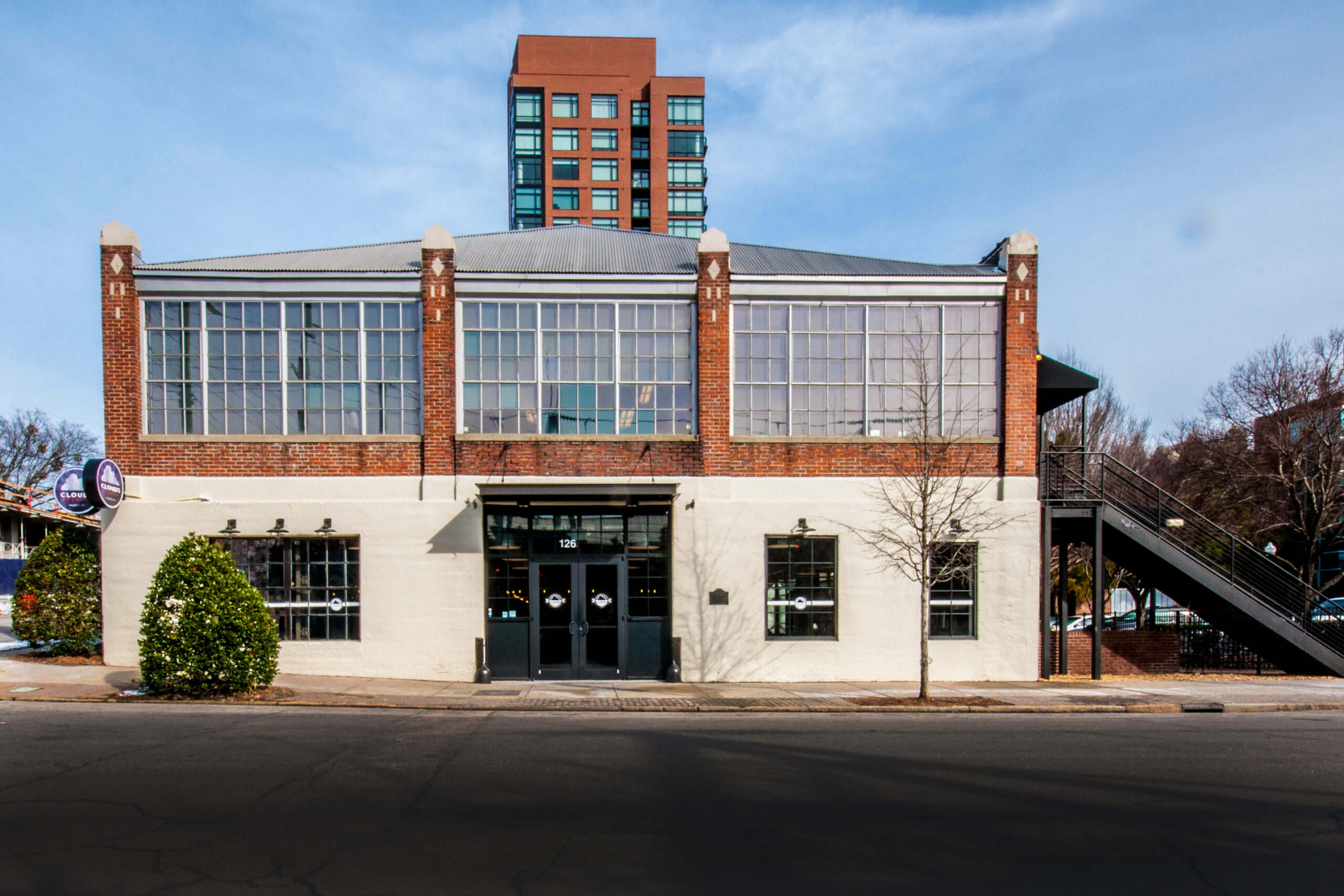
Salt + Vinegar: A Chip Off the Old Block
Inaugurated in 1955 as the headquarters of Mitchum Quality Snacks, the site encompasses two one-story buildings reimagined to cater to diverse needs. Making use of the site plan, visitors experience a 22,300 square foot brewery and restaurant, 5,200 square feet of inviting retail space, and an expansive 46,100 square feet of office space. These once underutilized buildings have become a vibrant addition to the thriving West End of Charlotte, providing an array of dynamic offerings for the community to enjoy.

Before + After
The previous manufacturing food plant is now home to Legion’s brewing facility headquarters. These once underutilized buildings have become a vibrant addition to the thriving West End of Charlotte, providing an array of dynamic offerings for the community to enjoy.
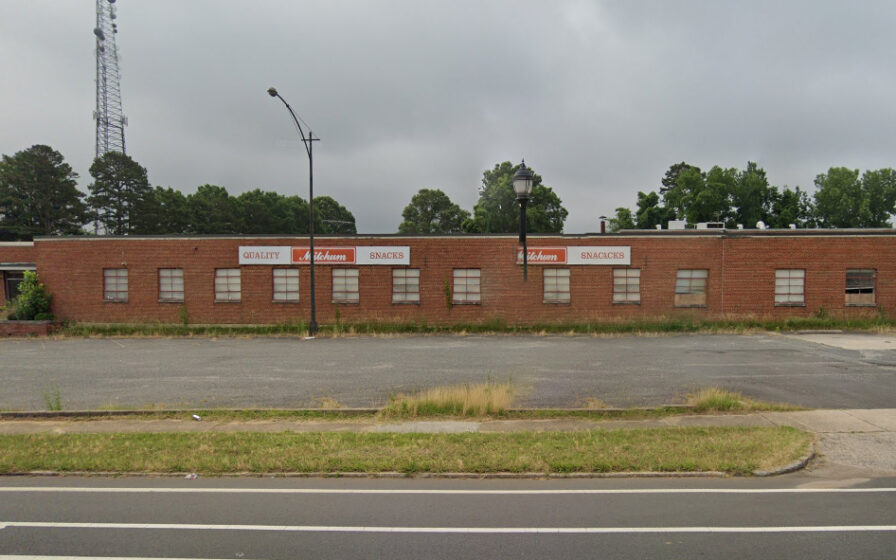
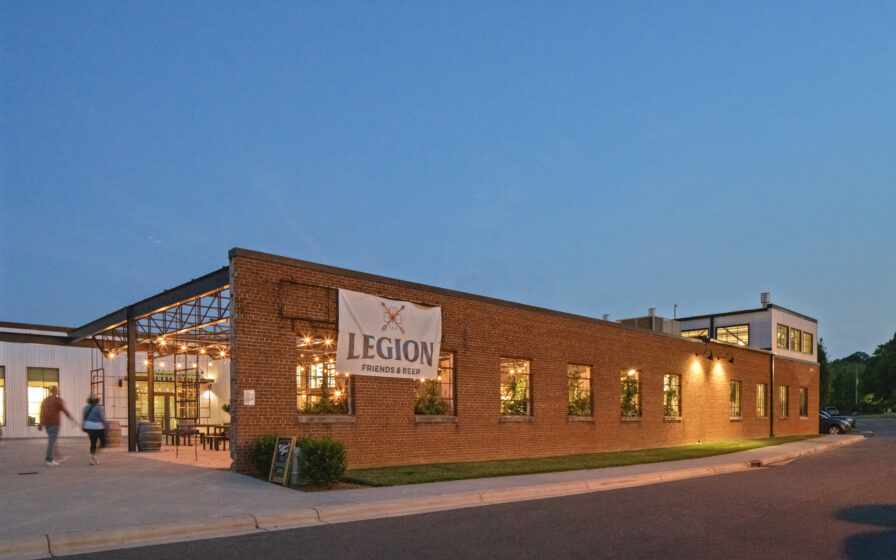
Bowers Fibers: From Storage to Vibrant, Mized-Use Community
White Point Partners approached Cline with a unique opportunity. They were interested in a site that was home to a vacant, fibers storage warehouse during a time when adaptive reuse for this project seemed unlikely. This project, nestled tightly on a corner site with a neighboring transit stop, was positioned to be a destination for young professionals either working in or near the community.
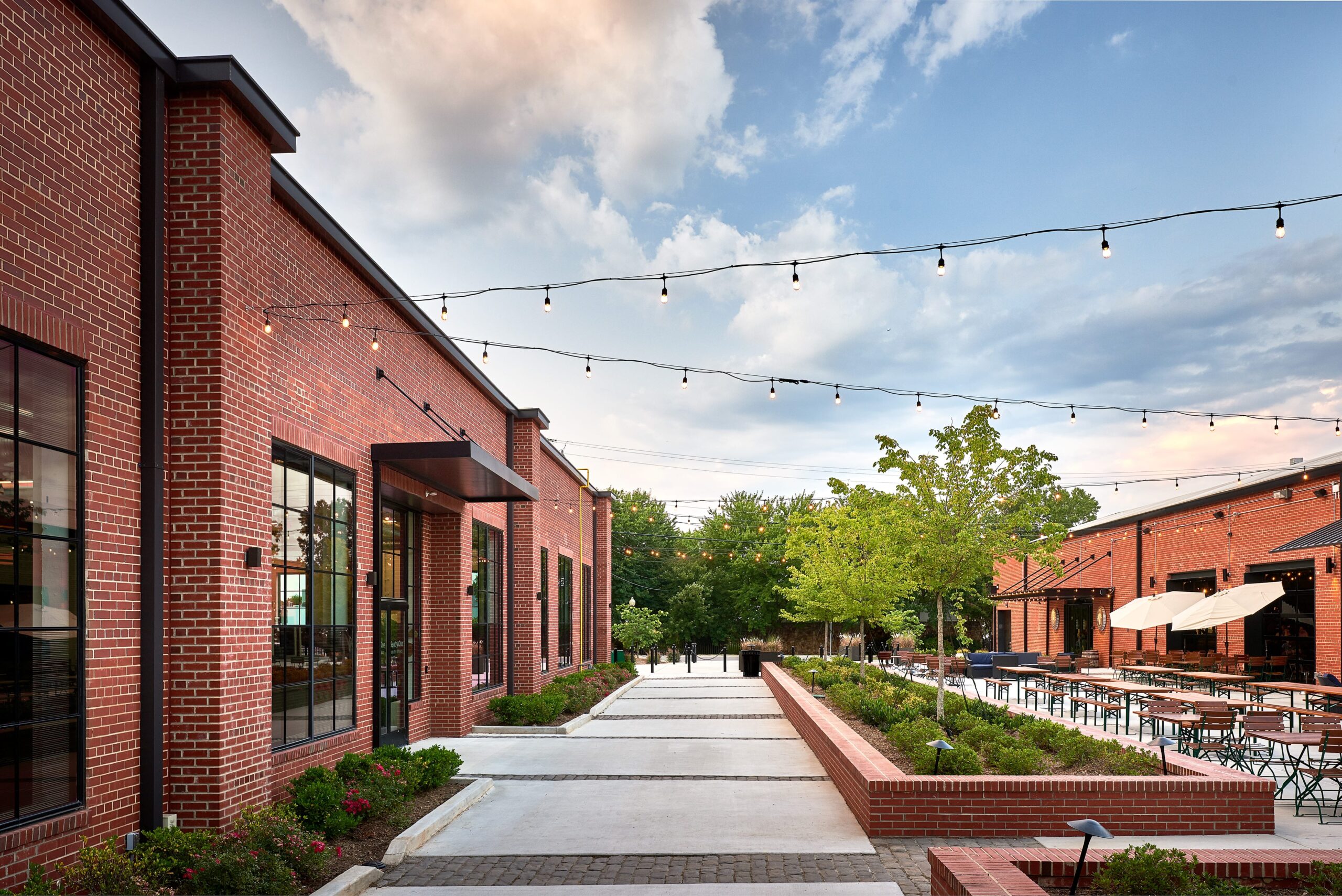
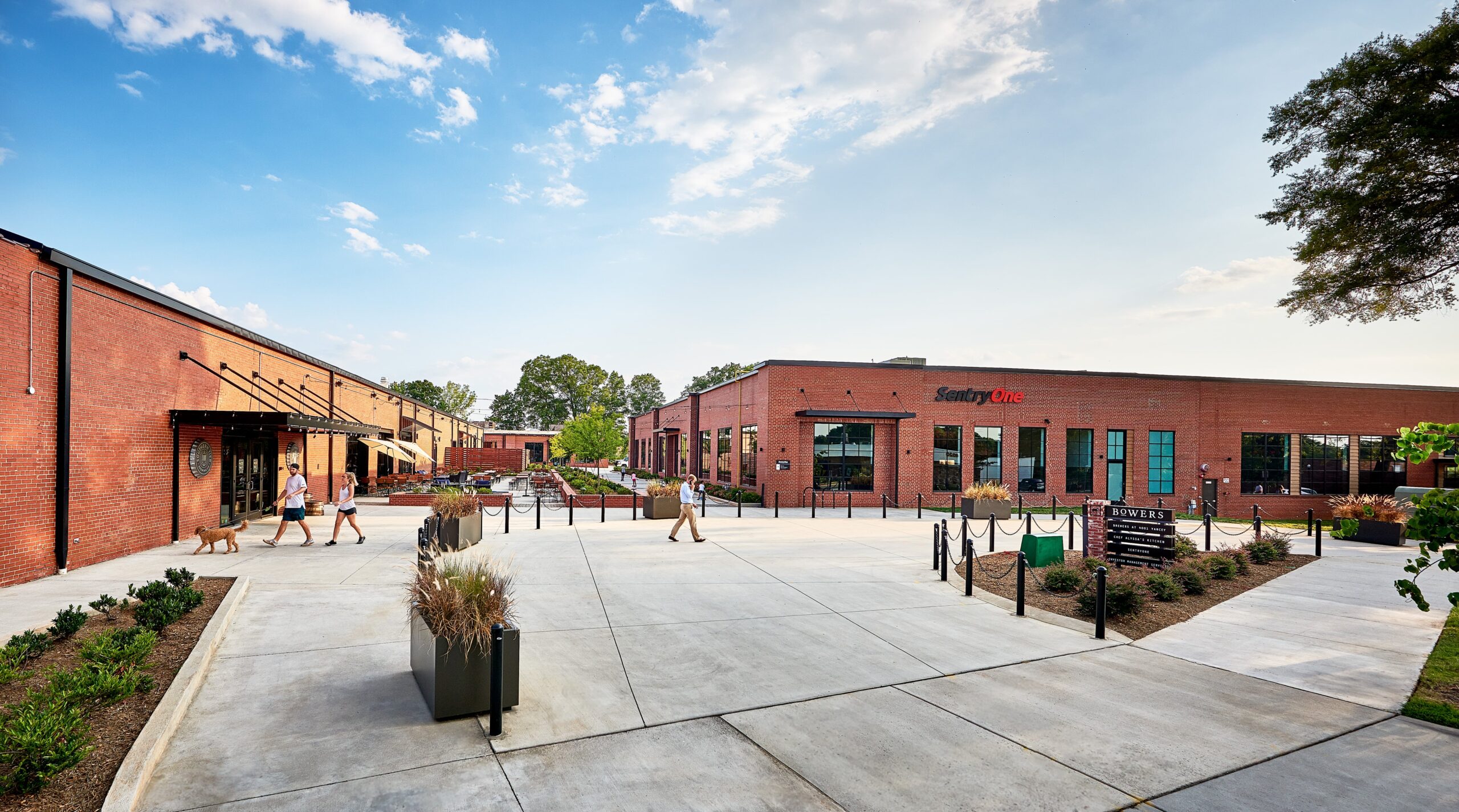
Before + After
Envisioned to be a live, work, play environment in Charlotte’s LoSo neighborhood, Cline was tasked with converting the original over 120,000-square-foot warehouse into a vibrant, 75,000-square-foot mixed-use community. The development, design and construction teams worked together to overcome various challenges including rezoning the property to allow for mixed-use at a lesser parking requirement; demolishing a big portion of the original warehouse to make room for adequate parking and open spaces; maintaining the original character of the buildings while modernizing them for today’s tenant requirements; and designing the buildings to embrace the context of the surrounding neighborhood.


Visionary Approach
We continue to work closely with their clients to realize a diverse portfolio of adaptive reuse projects. From reimagining Salt + Vinegar to the conversion of the Chadbourn Mill, Cline is well versed in the complexities and rewards of these redevelopment achievements. With the shifting economy, the advent of opportunity zones, and the impact of construction and labor cost increases, the firm anticipates continued growth in the adaptive reuse market and champions its impact on design innovation.
